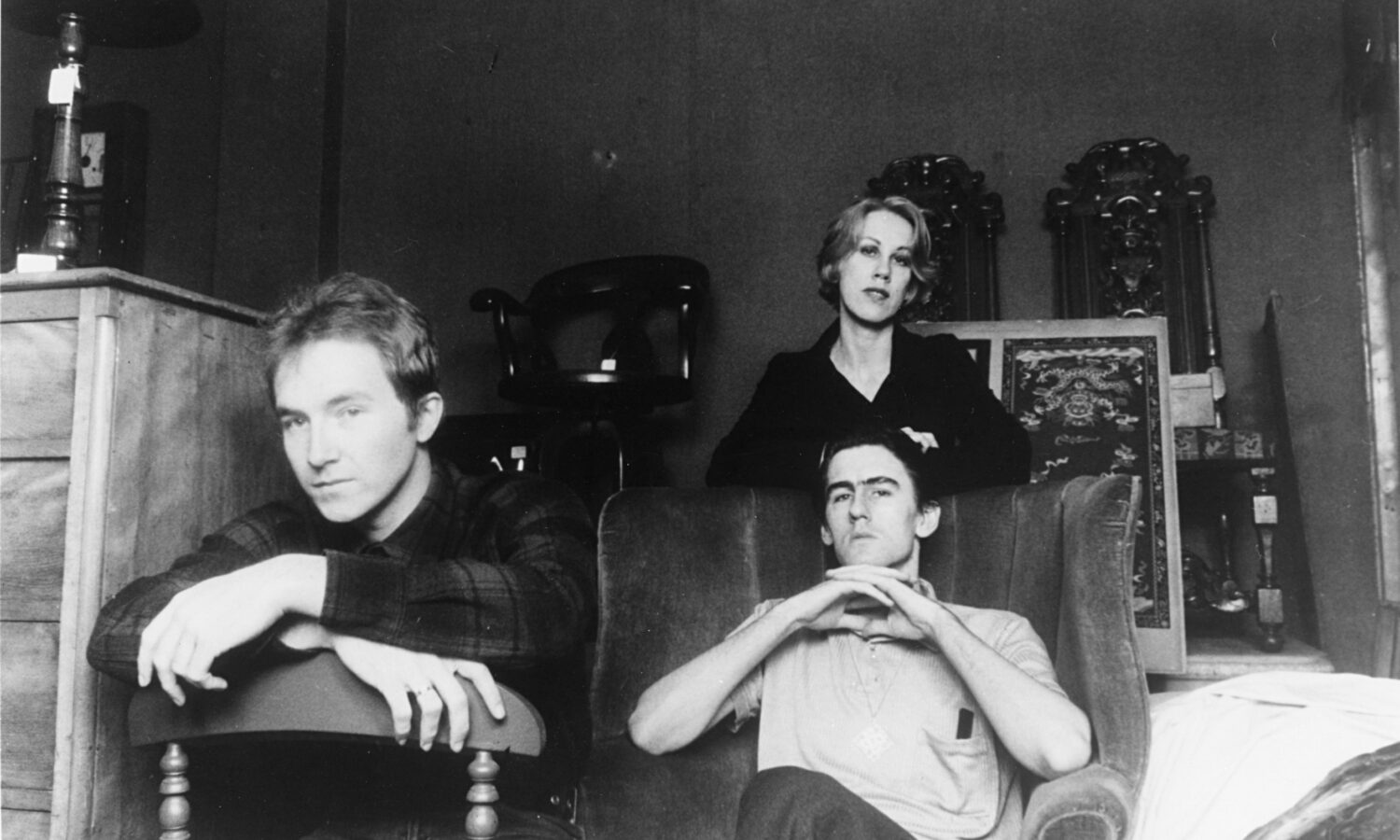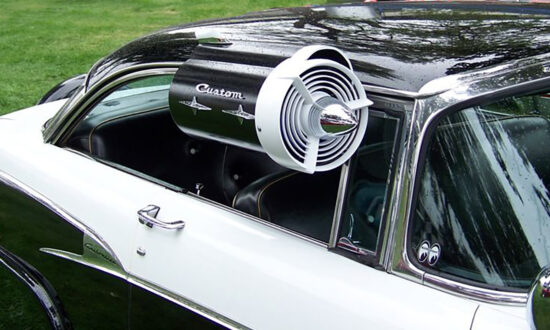Brisbane was once a city mired in conservatism and regarded, rather unflatteringly, as the largest country town in Australia.
This was long before it was Briz Vegas and decades before it became the Brisneyland to which Sydneysiders and Melbournians flocked for a tropical weekend away – and years ahead of being home to the annual music extravaganza of Bigsound.
It was in this atmosphere, heralded and perpetuated by the political reign of Joh Bjelke-Petersen who was premier of Queensland from 1968 to 1987 and earned the nickname The Hillbilly Dictator, ironically, that Brisbane’s alternative music scene was not only birthed but also flourished.
Twenty 20 years ago Melbourne-born writer Andrew Stafford published his authoritative history of the Brisbane music scene, Pig City. Its salient observations about the political and cultural climate of the city in the ’70s, ’80s and ’90s remain as relevant today as they ever were.
Still, for all the politics contained in the book, Stafford actually began writing it in the 2000s to place the spotlight firmly on the bands he loved and felt had gone underappreciated, as well as to present a musical history for younger music lovers who had not been around to experience the evolution of the scene “from the Saints to Savage Garden”.
Writing in his introduction to UQP’s 20th anniversary edition of the book, lead member of The Chats, Eamon Sandwith, observes: “Brisbane’s a bit of a weird place. Maybe it always has been … Bjelke-Petersen’s contempt for democratic values set a precedent for some of the populist governments that have risen to power in recent years. The stories of corruption and violence at the hands of Bjelke-Petersen and the Queensland Police are dark shadows that still cloud 20th-century Queensland’s grim history.”
Though Pig City was first published two decades ago, the literature on Australian pop music is arguably only just beginning to accumulate, so it is perhaps little wonder that Brisbane has seemed something of a footnote in the history of Australian music more broadly.
Still, as Stafford argues, the bigger problem is that the footnote has remained the same: that music in Brisbane, especially the punk scene of the late ’70s, was overwhelmingly a reaction to the repression of the Bjelke-Petersen era.
What the book demonstrates is that major cultural movements, such as the advent of music scenes and subcultures, result from an intersection of local, national and international factors. The Saints were not so much a reaction to living in a police state as they were a response to the music of not just The Stooges and the MC5, but the Easybeats and the Missing Links.
And it’s doubtful the national success of a string of Brisbane acts in the ’90s – from Powderfinger to George – would have happened without the nationalisation of the ABC’s Triple J radio network, the role of local broadcaster 4ZZZ and the music festival Livid.
As Stafford writes: “Of course, it would be naive to suggest that growing up in a climate of fear and loathing did not heavily distort the prism through which these artists saw the world. As Saints guitarist Ed Kuepper says, ‘I think the band was able to develop a more obnoxious demeanour, thanks to our surroundings, than had everyone been really nice’. In the words of the Australian music historian Ian McFarlane, ‘That Australia’s most conservative city should give rise to such a seditious subcultural coterie is a sociological phenomenon yet to be explored’.”

Get InReview in your inbox – free each Saturday. Local arts and culture – covered.
Thanks for signing up to the InReview newsletter.
Arguably, much has changed since Stafford’s Pig City was first published, but one thing that has remained the same is the quality of talent emerging from Brisbane’s music scene. From the considerable successes of local songstresses Kate Miller-Heidke, Thelma Plum, Seja and Sue Ray to the continued legacies of artists such as The Go-Betweens, Powderfinger and Regurgitator, the city continues to prove a fertile ground for birthing compelling musical talent.
Perhaps, as this very well written and researched book ably demonstrates with its historical deep-dive, the city’s musical milieu nowadays is more that of international player than provincial outlier.
Pig City by Andrew Stafford, University of Queensland Press, $34.99.
Support local arts journalism
Your support will help us continue the important work of InReview in publishing free professional journalism that celebrates, interrogates and amplifies arts and culture in South Australia.
Donate Here




